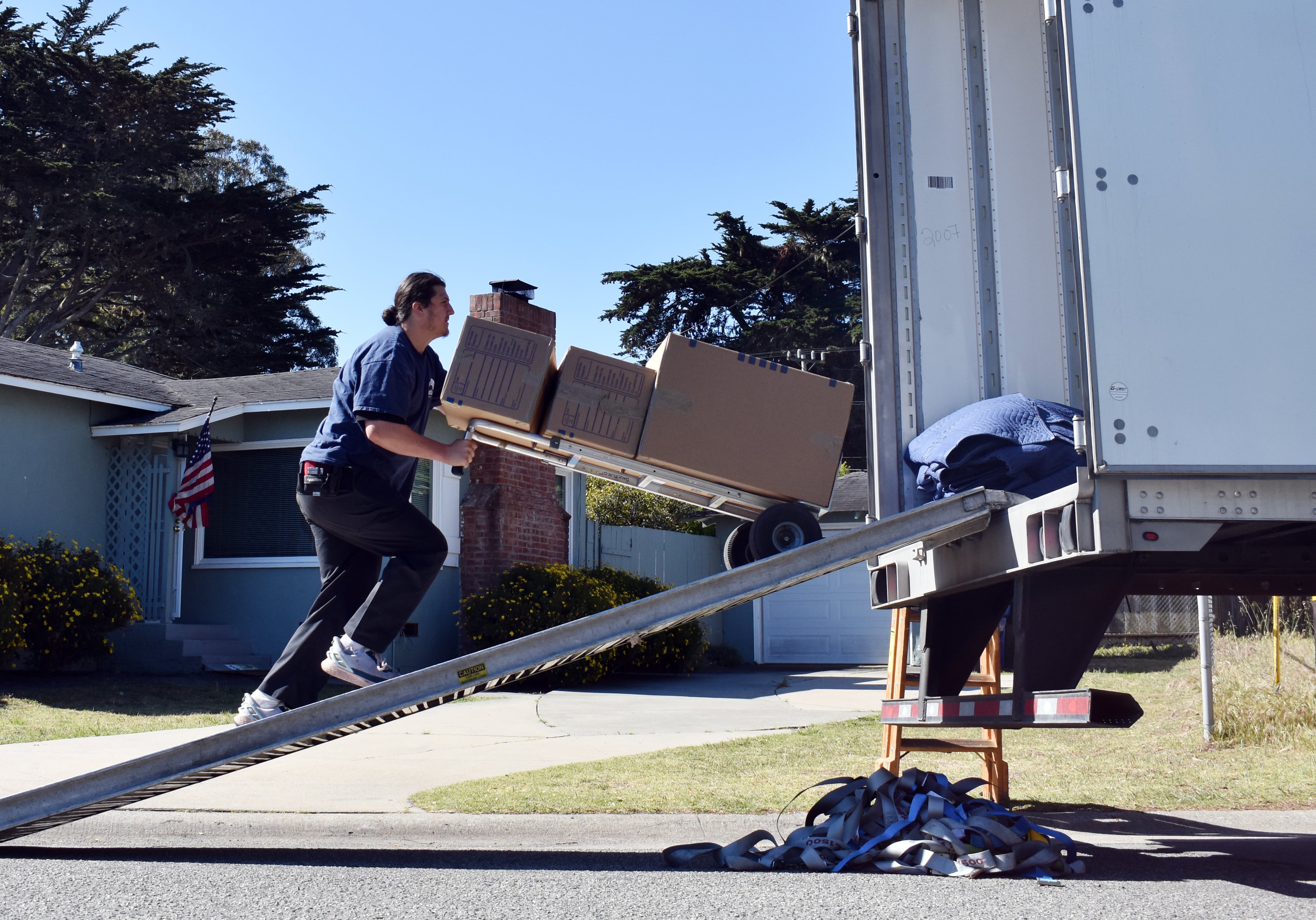U.S. Army helicopter crews are flying one-third of the hours they did at the peak of the past two decades, as the number of manned aircraft has declined by 20%, according to a government report.
The same report also noted that the Army saw the availability of aircraft increase as its fleet of craft has gotten younger. The Congressional Budget Office’s findings, aimed at documenting how the Army is using its aircraft, are based on service aviation data from 2000 to 2023.
In 2011, the Army saw its peak of average flying hours in manned aircraft, the majority of which are helicopters.
RELATED

At that time, air crews flew an average of 302 hours each year. As of 2023, the average flight hours have dropped by more than one-third to 198 hours, according to the report.
The availability of aircraft for training and operations, meanwhile, is up over the period covered in the report. In 2000, the percentage of manned aircraft that were mission-capable was just over 50%, according to the report. It has remained above 60% since 2007 and sits at 68% as of last year.
Report authors credit much of the additional flight time in the past to overseas operations in Iraq and Afghanistan. As both wars wound down, a drop in flight hours occurred.
Army Times reported Friday that the service is overhauling its aircrew training as the force grapples with new threats, added capabilities to its aircraft and a high mishap rate.
Since last October, 10 soldiers have died across 14 Class A mishaps. That puts the service at a 3.22 mishap rate per 100,000 flight hours, a number that sits double the annual average since 2011 — corresponding with the end of the war in Iraq.
Over the same period, the number of manned aircraft decreased as the number of unmanned aircraft, or drones, increased.
In 2000, the Army had nearly 5,000 manned aircraft. As of last year, that number was around 3,900.
The number of AH-64 Apache helicopters and H-47 Chinook helicopters has remained steady throughout at roughly 600 and 500, respectively, over that period.
But the number of H-60 Black Hawk helicopters has risen, according to the report. The Army had fewer than 1,500 Black Hawks in 2000. It now has more than 2,000.
Other inventory decreases come from the retiring of the H-1 Iroquois, or “Huey,” and H-58 Kiowa, among other platforms. The Army had nearly 2,000 Iroquois and nearly 700 Kiowa two decades ago. Those programs ended in 2016 and 2020, respectively.
Currently, the service’s manned aircraft fleet includes the Black Hawk, Chinook, Apache, UH-72 Lakota helicopter and the fixed-wing C-12 Huron, a passenger airplane used for both personnel transport and intelligence gathering, according to the report.
Additionally, the average age of the manned aircraft fleet has decreased somewhat. At its peak in 2008, the Army’s aircraft average age was 17.8 years, according to the report. By 2019 that number had dropped to about 14 years, where it has remained since.
Some of that decrease is due to the retiring of legacy aircraft and programs to extend the service of the Chinook, according to the report.
But the Black Hawk, the Army’s largest fleet, has seen the average age of aircraft rise from 12 years in 2000 to 18 years in 2023, according to the report.
In February, the Army announced it would end its Future Attack Reconnaissance Aircraft, which sought to replace the Kiowa.
At the same time the service announced its aviation investment rebalance, a program to squeeze more service life out of the Chinook, Apache and Blackhawk through airframe and engine upgrades.
On the unmanned side, which continues to grow, Army has 700 large drones, which include 500 RQ-7B Shadows and 200 MQ-1C Gray Eagles.
In April, the Army announced that it would retire the Shadow drone as it seeks a new option for drone-based intelligence, surveillance and reconnaissance missions.
Army Chief of Staff Gen. Randy George told Army Times that he has prioritized ongoing commercial drone buys, with options to purchase new drones as they’re developed rather than committing to a decades-long program for a single type.
The replacement program, dubbed Future Tactical UAS, saw an $8 million contract award to defense company AeroVironment to deliver its Jump 20 drone system as an interim drone capability for one brigade, Defense News previously reported. The service plans to equip the first unit with a new drone by 2026.
Todd South has written about crime, courts, government and the military for multiple publications since 2004 and was named a 2014 Pulitzer finalist for a co-written project on witness intimidation. Todd is a Marine veteran of the Iraq War.





